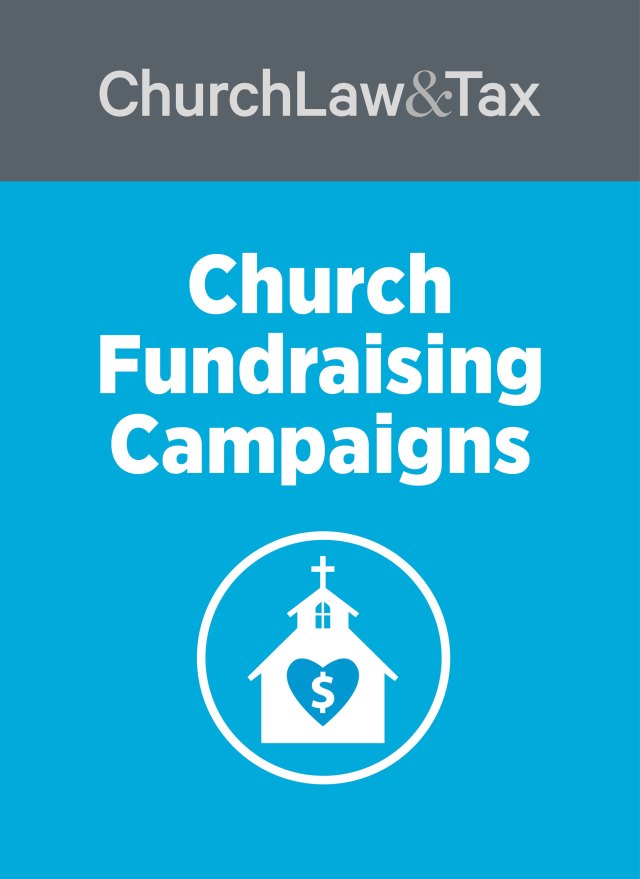Many churches look forward to a year-end giving bump to help make up for a budget shortfall.
An end-of-year giving project can help maximize a bump up. It also can encourage long-term giving to avoid an overdependence on future Decembers.
“When it comes to generosity, we tend to leave story behind and rely on other motivations such as tradition, ‘ought to,’ and unhealthy manipulation,” says Brad Leeper, author of the eBook, So Much More, and principal of “generosity development” firm Generis. By sharing stories of God’s mission and personal narratives of giving, church staffs can encourage their congregations to consider the place of regular generosity in their own stories.
Here are four things to keep in mind as you plot the story of your end-of-year giving project:
Communicate your project
The end of the year is a strategic time to encourage your congregation to give. Many in your congregation may receive a year-end bonus. Because of this, and for tax reasons, people often make charitable donations near the end of the year. But these donors must choose from an ever-increasing number of charitable organizations and mission opportunities asking for money.
Even with the increase of charitable options, churches have an advantage because of the strong relationships they form with members. Most people want to contribute to God’s mission in the world with their talents and their money. Local churches are ideally situated to partner with members this way. If you make an unapologetic case for the difference that a year-end giving project will make, and the joy and spiritual growth that will occur because of it, people will be more likely to donate their gifts to their local faith community.
This, though, must be part of a church culture that encourages joyful, transparent generosity. People will quickly become suspicious of your motives if the only time you ever discuss giving and finances is when December looms.
Evan McBroom, creative director of Fishhook, coaches churches in communication. “Your year-end offering communication begins in January,” he says.
A giving project should be an extension of the teaching that your people regularly hear, and a demonstration of the true, quiet generosity demonstrated by the leadership, McBroom says. It’s an opportunity to put into practice what has already been revealed to their hearts. It’s a financial reflection of a church’s spiritual orientation.
How might you avoid feeling like you are “begging” for money? “In a vacuum, and faced with cash shortages, any leader will feel like a beggar,” Leeper says. “People prefer to give where there is positive impact, not urgency in the context of failure.” Keep the message positive. Don’t paint a gloomy picture of the church’s dire need for income (even if this is how you feel). Instead, focus on the potential benefits for the mission of the church and the specific ways the congregation can partner with God’s work.
Additionally, remember that the best way to communicate the value of giving is through example. Is your leadership team unanimous in its financial support of the giving project? Before revealing a project to the congregation, you should concentrate on communicating the project and its potential to your leadership team. If you can tell your congregation that 100 percent of your team is on board—and giving—the congregation will see the value of investing in the project.
Strategically announce and advertise your project
When you first announce the project, ensure that your congregation understands what it is giving toward and why it fits with the mission and vision of the church’s ministry. People want to see their community’s values realized. Again, sharing stories as a part of your communication is important.
As an example of this, McBroom describes a church that needed to fix its leaky roof. “When announcing their project, they didn’t just say, ‘We need to reroof the building because water damage is growing mold.’ They actually read to their congregation a letter from a visitor who decided not to come back because of the rancid smell,” McBroom says.
The purpose of such a strategy is to tie the giving initiative inextricably to the central mission and ministry values of the congregation. If outreach and creating a safe space for worship is central to the church’s missional identity, then contributing to a new roof for the building becomes a key to advancing and protecting the church’s ministry story.
For maximum effectiveness, don’t focus on a single, overblown event to get the word out regarding your initiative. Rather, advertise the project in increments. People are less likely to feel overwhelmed by regular reminders if those reminders come in several forms during the project. Some proven means of communicating include:
A basic printed piece. An oversized card or tri-fold is basic, but it can be a constant reminder to givers. They can keep it on their refrigerator or use it as a bookmark, and it is easy to produce and distribute.
A compelling video. Video is a very helpful tool for this type of project because it can easily tell a moving story. Play it during a worship service or put it on your website (or both). Production value is less important than “heart value.”
An envelope. Many people prefer to give by check, and an envelope allows them to give at church or send it by mail. Consider making it a “Business Reply Envelope.” The cost in postage to the church is greatly outweighed by the value of convenience.
The church website. The project should be highly visible on your website, with a visible but unobtrusive “Give Now” link. If you decide to allow electronic giving, make sure the process is safe and easy to use.
Social media. Facebook and Twitter can be effective ways to regularly report on your giving project. Remember that your story is more important than facts and figures.
The pulpit. This is where the senior pastor and other staff members will be able to directly engage the congregation and show their solidarity. Why did they choose to support the project? How have they been affected by giving to it? Spread such talks across several weeks to maximize effectiveness and exposure to your congregation.
Don’t worry if your church doesn’t have the budget for all of these tools. “High-end tools are helpful but not necessary,” Leeper says. “We have in the church something that all nonprofits wish they had: access to our givers in person up to 52 times per year.” Churches of any size can build a relationship with a giver and discuss, in-person, the effects of giving.
To eliminate debt owed for a parking lot several years ago, Northwest Bible Church in Dallas, Texas, conducted a “quiet capital campaign,” where little money was spent on advertising to maximize the benefit of the campaign. Dr. David Fletcher, the church’s executive pastor at the time, says, “We didn’t have a ‘sexy’ topic, but we were honest. We told the need, stated the financial goal, and explained why it was urgent. We discussed the project verbally, but didn’t press the issue more than necessary. In five weeks, we raised every penny.” The church didn’t need elaborate advertising or an emotionally charged topic. People respond to honesty and the chance to see their donation make a real difference in furthering their church’s mission.
Celebrate your project
To show your gratitude, send a short, personal note to each giver. A hand-written note means much more than a typed letter or e-mail, especially for first-time givers. McBroom says, “People will open a hand-written letter before an official-printed envelope every time. Five compelling, hand-written sentences are sure to be read.” Although it may be time-intensive, the pastor should write this note, not a staff member. Use first names, and send it as soon as possible after receiving a gift. If your church policy states that you should not know about a person’s giving, include the line, “While I am not aware of the amount, your gift is very generous.”
Finishing your end-of-year giving project should be a joyous occasion. Take a Sunday to celebrate the ways that God used the project. Be transparent. Give the total amount contributed, and tell stories of the changes made possible by the campaign. “You always want to make a correlation between a person’s giving, the church mission, and the project outcome—while emphasizing that spiritual growth happened for everyone involved,” Leeper says.
As you celebrate, “emphasize that the amount each person contributed is not important. Each donor is a part of bringing a project to fruition, and a giving heart is more important than a fat wallet,” Fletcher says.
Cultivate the long-term benefits of your project
Your project can increase long-term giving by creating a culture of generosity. One goal of your project should be to create first-time givers. The year-end project provides an excellent on-ramp for these first gifts because it celebrates the church’s communal impact. During the rest of the year, a new member may be reluctant to give in solitude because the effect may not be clear. But the project allows them to join their Christian community in a common goal. A second gift comes easier after the first is made.
Above all, the church should seek to normalize the conversation on giving. Cultivating a generous culture certainly helps the church run better, but it also fosters spiritual growth. If you communicate well throughout the end-of-year giving project, it will help close the gap between faith and finances, increase giving in the long-term, and teach hearts to take a posture of generosity.
For more help, check out Increase Giving at Church.





